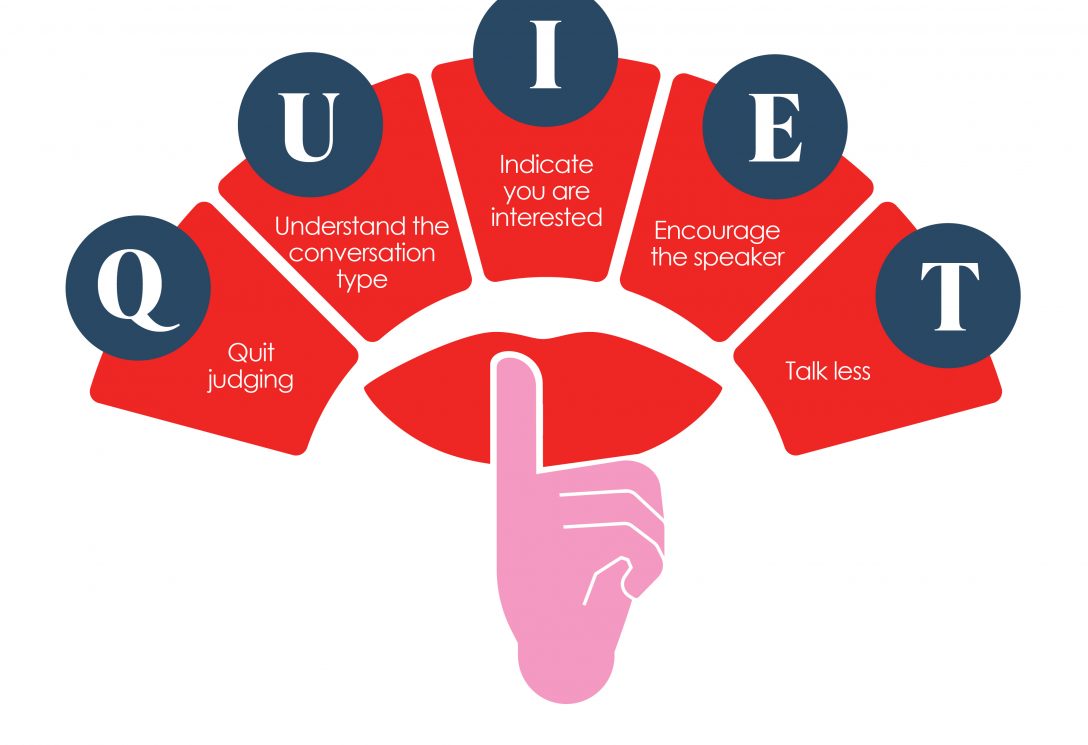How to ensure your team’s workload is manageable

If I were asked to name one problem that I see far too frequently in the teams that I work with, it would be colleagues with unrealistic workloads. Too much work with insufficient time to get it done. It’s a symptom of our broader relationship with busyness:
“One of the biggest complaints in modern society is being overscheduled, overcommitted and overextended. Ask people at a social gathering how they are and the stock answer is ‘super busy,’ ‘crazy busy’ or ‘insanely busy.’ Nobody is just ‘fine’ anymore.” – Kate Murphy
Hard work is what we value. In a LinkedIn event on ‘Tackling the wellbeing crisis at source’ , the consultancy Outside discussed the ‘sacrifice mindset’ as the reason people spend too much time and energy at work vs. other parts of their lives – an unwritten rule that only through sacrifice can we achieve. Outside argues that improving wellbeing requires breaking free from the sacrifice mindset rather than responding to the wellbeing crisis with sticking plasters. I couldn’t agree more. We need to change our attitudes to workloads.
Because we’re seeing higher rates of burnout than ever before. In Microsoft’s summer 2022 Work Trend Index, a global survey across multiple industries and companies, 48% of employees reported feeling burned out at work. Burnout is an occupational phenomenon, it is not classified as a medical condition. Said more plainly, it’s the way we are working that caauses our employees to burnout. It can be caused by a combination of different factors, including a lack of connection and belonging and in cultures with low psychological safety. McKinsey’s research on burnout identified that toxic workplace behaviour was the most significant predictor of ‘burnout symptoms and intent to leave’ by a large margin. This behaviour includes setting unfair and unmanageable workloads. If we can ensure workloads are attainable, we take a big step forward in improving engagement and wellbeing and retaining our talented teams.
The number 1 culprit is too many in-flight projects
The unspoken engagement killer is that we’re being asked to do too many projects simultaneously. When we have too many live projects, too much work on our plates, when the demand on the team exceeds the team’s capacity, the technical term is too much work-in-progress (WIP). The indicator is lots of projects that are partially completed.
Too many incomplete projects drive incremental work for several reasons:
- Every project has dependencies with other projects
- Every project has elements of unplanned work (unforseen additional work)
- Most projects require approvals
- It increases multi-tasking, increasing the time taken to complete tasks and reducing quality.
- The larger the number of projects, the harder it is to schedule time to meet with colleagues and in-demand contributors like SMEs, forcing workarounds.
The second problem is that our personal workloads are mainly invisible to others
Even if you understand the number of live projects and who is working on what, it’s uncommon for team members and people leaders to have a clear and accurate view of what it is taking to deliver the work.
Revisit the above reasons that drive incremental work. The consequence is that running too many projects extends the work day for colleagues, drives weekend working and leads to burnout when colleagues don’t appreciate the personal impact of overburdened workloads.
Rebalancing workloads starts with making workloads visible.
We may complain of being too busy. The issue is that we hear ‘busyness’, but our brains can’t understand it. Instead, we need to see it. 90 per cent of information transmitted to the brain is visual. We are born to process information blisteringly faster by looking at images than by hearing or looking at text. As Dominica Degrandis says “Making work visible allows your team to level up because it works with how their brains work instead of against it”.
Kanban boards are visual task boards that expose hidden work by answering questions like, “What is being worked on?” and “What state is the work in?” and “Who’s doing what?” It makes the work in progress more transparent and by exposing the playing field, helps the team to discuss what is creating value, not just creating work. Nothing is more revealing than capturing on a card, in plain, easily understandable language, exactly what you are working on, in a way that helps others understand it.
Making work manageable is impossible without better prioritisation
Attainable workloads and better outcomes are the result of focus. Getting better at subtraction rather than addition. Identifying what can be simplified. Deciding what you are not going to do.
People take on more work when they are unclear on priorities and how what it takes to deliver a project. Agreeing your own prioritisation criteria is vital to overcoming overconfidence about how long things will take, biases and misaligned goals. You could consider these ways to prioritise:
Two by two matrix: Using a simple grid to plot project aspects such as:
- High/Low Team member involvement (demand on an individual colleague) vs. duration
- High/Low Team member involvement (demand on an individual colleague) vs. expected project value
- Team Member coordination demands (degree of autonomy in project outcomes) vs. expected project value
- Team member general/specialised skills (demand on an individual colleague) vs. duration
- How streamlined/complicated the process is vs. duration or expected project value
Cost of delay (CoD): A way of communicating value and urgency. What value is lost by the delay of something?
Weighted shortest job first (WSJF): This is calculated by dividing the CoD by the job duration. As a result, it gives focus to the shortest job with the highest CoD.
MoSCoW – useful for trimming the requirements of any project deliverable. For each deliverable, agree whether each requirement of that deliverable is either a must-have, should-have, could-have or won’t-have.
In summary – support team members by making your workloads transparent.
Making trade-offs is never easy, but regularly visualising work focuses the weekly or quarterly planning sessions discussion on how to keep workloads balanced. As you can see by the criteria discussed above, understanding workloads is not a simple question and answer. It requires an understanding of autonomy, skills and competencies required, as well as the value the project delivers. The bottom line is that failure in prioritising means everything takes longer, workloads become unbalanced, and burnout becomes a real risk.
Flow is a ways of working company. We help you to create the conditions where your people can flourish, where decisions, meetings and ideas can flow. If you’d like to discuss how we can help you to improve your Team Practices, get in touch at hi@thisisflow.co



